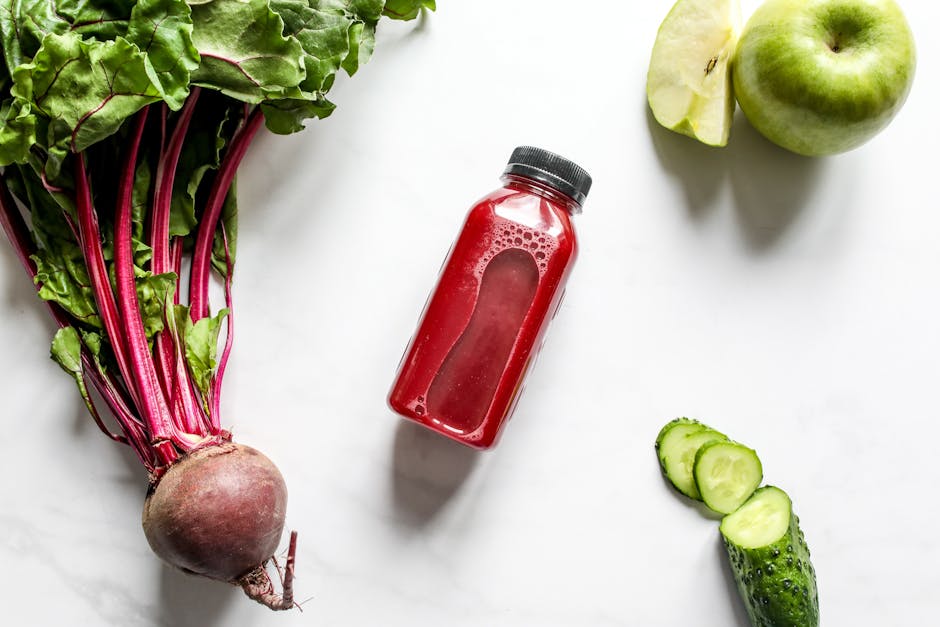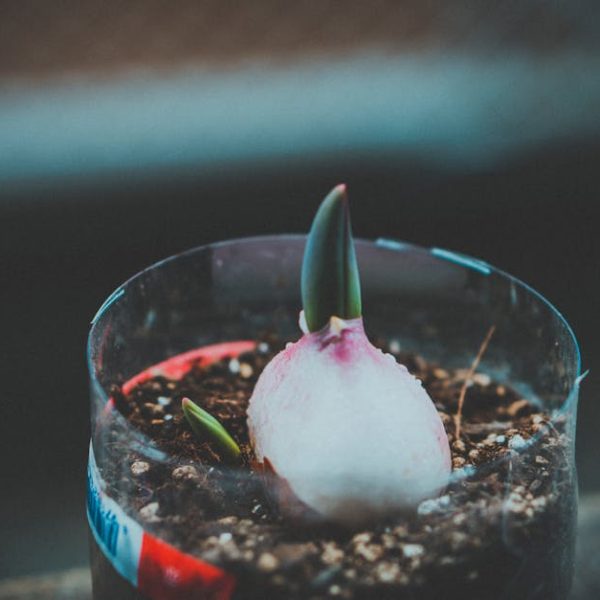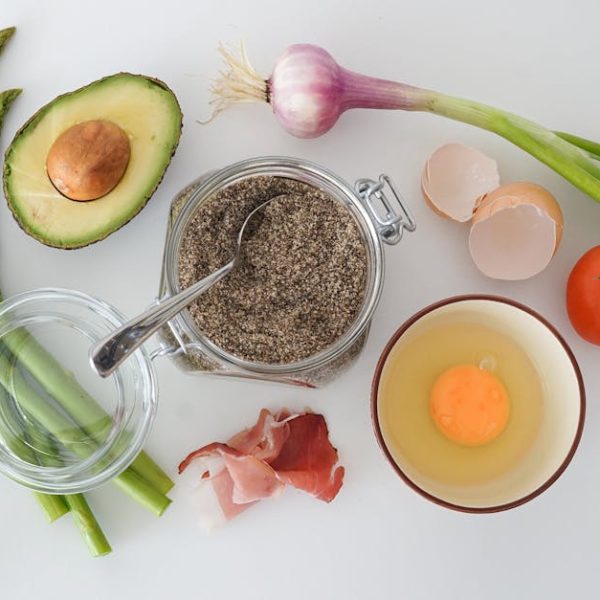In dishing up healthy meals and crunchy salads, cucumbers are often a key ingredient. However, like all fresh produce, cucumbers have a short lifespan and knowing how to identify whether or not a cucumber has gone bad is crucial to avoid food spoilage and prevent consuming rotten vegetables.
Understanding Cucumber’s Normal Condition
A fresh cucumber presents with certain distinct qualities. Its color is usually a deep, vibrant green and its skin should be firm to the touch. Smelling a fresh cucumber would reveal a very mild, almost non-existent scent and its shape should be evenly cylindrical without significant indentations or bulges. Keep in mind these standard features before buying cucumbers:
- Deep green color
- Firm and smooth texture
- Subtle, almost non-existent smell
- Even and cylindrical shape
Spotting the Changes in Cucumber’s Color
Color is a significant sign of deterioration in cucumbers. A fresh cucumber has a bright green hue. However, as it starts going bad, it gradually transforms into a duller shade of green, eventually turning a yellowish or even brownish tint. Always check the cucumber entirely as sometimes the color change might not be uniform.
| Fresh Cucumber | Bad Cucumber |
|---|---|
| Bright green | Dull/Yellowish |
Pro Tip: Always view the cucumber from multiple angles to spot color changes, rather than focusing on a single point.
Feeling the Changes in Cucumber’s Texture
Texture provides another reliable indicator of cucumber’s freshness. A fresh cucumber is firm and crisp. However, with spoiling, they turn soft and squishy. Any dents that form under slight pressure, or an overall squishy feel, signifies that the cucumber is past its prime.
Follow this simple checklist to assess the cucumber’s texture:
- Check for firmness by lightly pressing on the cucumber in different areas.
- Roll the cucumber between your hands to feel for any soft spots or visible indentations.
One best practice to keep your cucumbers fresh for a longer time is to store them in the refrigerator, which helps maintain their firm texture.
More identifiers along with best practices in identifying a spoiled cucumber are on the way, just bear in mind the color and texture so far!
Smelling the Changes in Cucumber’s Scent
Scent is another surprisingly accurate way to gauge the freshness of a cucumber. Fresh cucumbers typically have a quite faint, clean, and almost non-existent smell. But as the cucumber goes bad, this scent can become significantly stronger, taking on a sour or even unpleasantly foul odor.
| Fresh Cucumber | Bad Cucumber |
|---|---|
| Light, clean smell | Sour or foul odor |
Pro Tip: Trust your nose! If your cucumber smells weirdly sour or unpleasantly pungent, it is likely turning bad and should be discarded.
Detecting Internal Signs: The Inside of a Cucumber
Just as important as the outer attributes are, the inside of the cucumber can also reveal key signs of rotting. A fresh cucumber when sliced open should reveal firm, moist flesh with tiny, evenly distributed seeds in a watery core. If the cucumber’s insides appear slimy or the seeds seem mushy, then the vegetable is probably spoiled.
To effectively check the insides of your cucumber, follow this simple checklist:
- Slice open the cucumber.
- Examine the flesh, it should be firm and not slimy.
- Check the seeds, they should be intact and not mushy.
If you find signs of mold or if the inside of the cucumber has turned slimy, it’s best to err on the side of caution and dispose of the vegetable.
Putting it all together: Insights for Handling Cucumbers
Equipped with these insights, you should now have a clear idea about identifying a bad cucumber. Just remember, use your senses — sight, touch, and smell — to assess the freshness of this vegetable:
- Sight: Look for changes in color. Your cucumber should be a bright, vibrant green. Beware of yellowing or browning.
- Touch: Feel for changes in texture. A cucumber past its prime may become soft or squishy.
- Smell: Note any strong, particularly sour or foul smells. A fresh cucumber has an almost non-existent scent.
Following these steps will not only save you from unpleasant culinary experiences but will also ensure the health and safety of your household.
Remember proper storage can also extend the lifespan of your cucumbers. Keep them in a cool place, preferably the refrigerator, to prolong their freshness.
Now, with this handy guide, go ahead and enjoy the crunchiness of fresh cucumbers in your salads, sandwiches, or as a healthy snack!
Key Takeaway:
- Fresh cucumbers have certain distinct attributes: deep green color, firm and even texture, subtle smell, and an even and cylindrical shape.
- As a cucumber spoils, its color changes from bright green to dull and even yellowish or brown, its texture turns soft or squishy, and it develops a sour or foul odor.
- Internal changes also signal spoilage, such as slimy flesh or mushy seeds.
- Proper storage, such as keeping cucumbers in the refrigerator, can prolong their freshness.
Understanding the signs of a bad cucumber is vital to ensure the health and safety of your meals. Follow these insights, trust your senses, and don’t hesitate to discard cucumbers showing signs of spoilage. Enjoy the freshness of good cucumbers and elevate your culinary endeavors.
FAQs
Q: How long does a cucumber last once it’s been cut open?
A: A cut cucumber generally lasts around a week in the refrigerator if it’s properly wrapped to prevent drying out.
Q: Can you get sick from eating a bad cucumber?
A: Yes, eating a spoiled cucumber can cause food poisoning symptoms like nausea, vomiting, or diarrhea.
Q: How should I store cucumbers to prolong their shelf life?
A: Store cucumbers in the refrigerator. If they are cut, make sure to wrap the cut side in cling film to prevent moisture loss.
Q: Is it safe to eat cucumbers that have gone slightly soft?
A: While a slightly soft cucumber isn’t necessarily bad, it might not taste as good. If it’s extremely soft or mushy, it’s better to discard it.
Q: Are cucumbers that have turned yellow safe to eat?
A: Typically, a yellow cucumber is a sign of over-ripeness or deterioration. While it might not make you sick, the taste and texture would most likely be unpleasant.
Remember to share this article with fellow cucumber lovers and check out our other posts to enhance your culinary knowledge.






